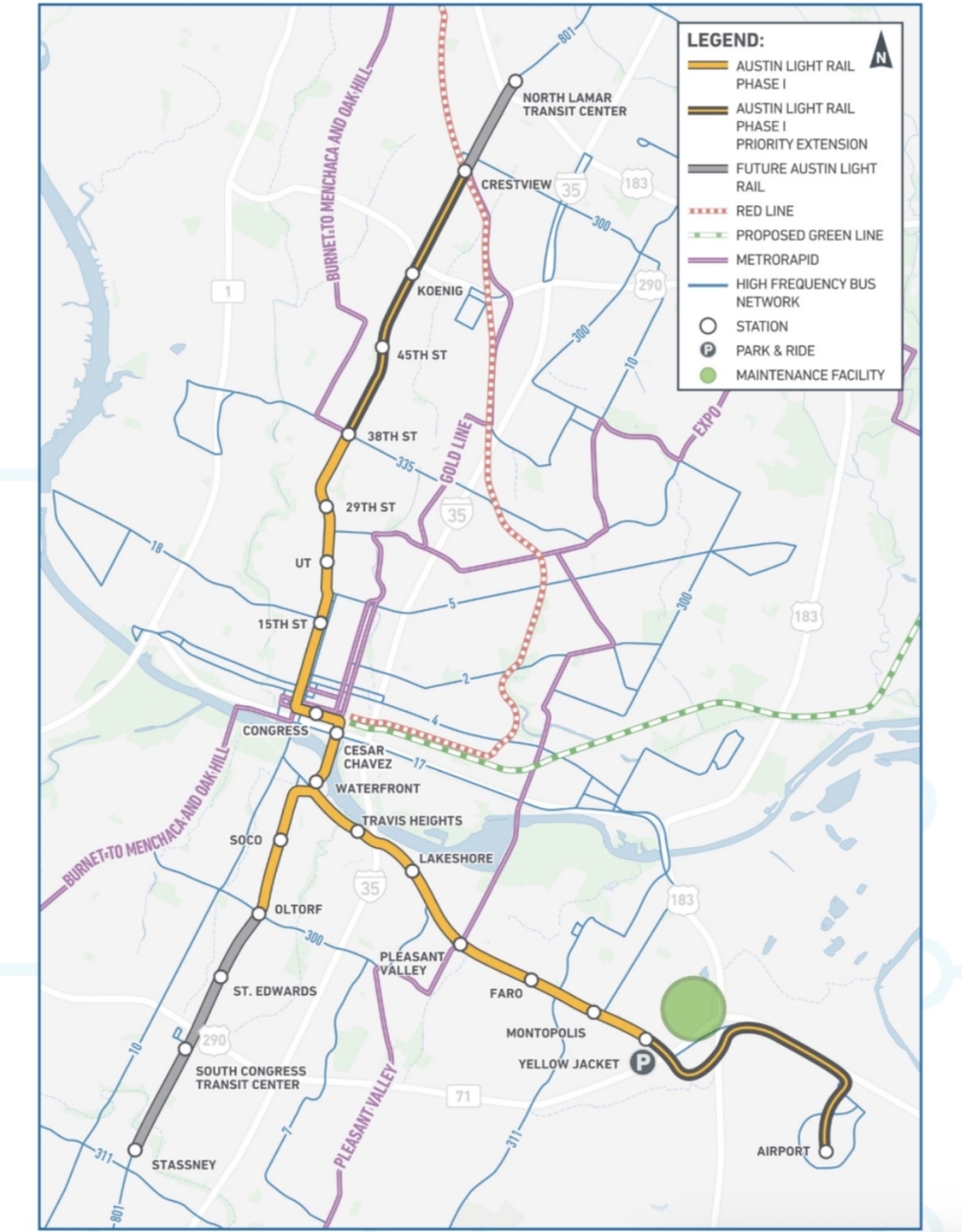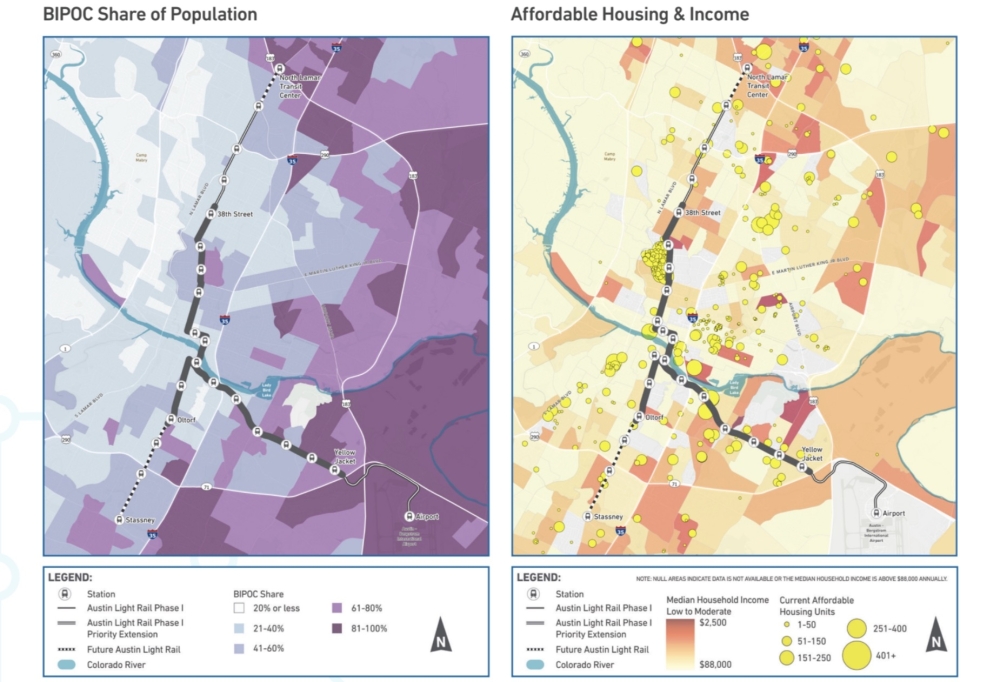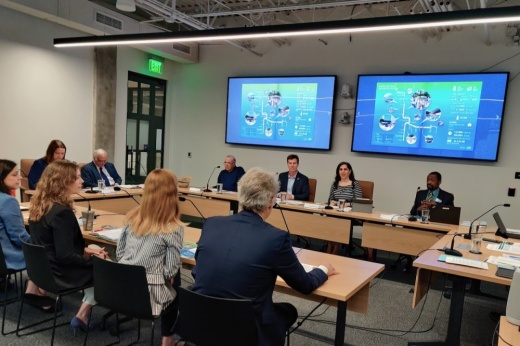The big picture
Board members of the ATP—the government entity created to oversee Project Connect—voted unanimously in favor of the plan May 24. The outline was unveiled May 23 after weeks of community review of five possible rail options and will next be up for votes by Austin City Council and Capital Metro officials in early June.
“It’s just great to see this many people invested in making light rail a reality in this community,” said Mayor Kirk Watson, who also serves on the ATP board.
After local leaders finalize the rail plan, it will head into a one- to two-year federal grant process in order to secure roughly 50% of the program's estimated $4.5 billion-$4.8 billion price tag. Once funding is in place and designs are set, ATP Executive Director Greg Canally said construction will take between six and eight years.
The new implementation plan features street-level routes and stations that differ from the rail plan promoted ahead of the November 2020 election that officially kicked off Project Connect. The plan also identifies initial “priority extensions” that would stretch rail lines farther to the airport and Crestview area, although Canally said more funding must be identified before those additions can take place.
Read more from Community Impact about the Project Connect rail plan announced May 23 here.
Read a Q&A with Canally about the rail plan here.

What they’re saying
Before the May vote, Canally and others highlighted the revised rail outline as one that meets the city's needs.
“It gets us to a system that is interconnected, a system that is expandable, a system that can be used by all of Austin and a system that gets to areas that have been underinvested throughout our history,” he said.
The original vision for Project Connect included an extensive downtown subway system, and some of the five options presented this spring called for either below-ground or elevated rail segments.
However, this proposal is entirely at grade.
Peter Mullan, the ATP's executive vice president of architecture and urban design, said a street-level system will end up being a positive since the layout is the most accessible for all transit riders. He also said keeping trains running at grade could help improve surrounding streetscapes and the vibrancy of areas including downtown.
Awais Azhar, the chair of the Project Connect Community Advisory Committee, said the system will end up being one that serves the most possible people, including minority and lower-income riders more concentrated on Austin's east side.
”In some ways, this is really the most equitable system that we could have imagined for our community. Really making sure that that East Austin community that has historically been left out of these conversations is very much part of the vision that we have,” Azhar said.

A second piece of Project Connect, the proposed Green Line, would connect downtown with Colony Park in Northeast Austin and possibly reach farther north in the future. However, that separate east side addition was not expected to begin development until the central rail lines were nearly complete—a timeline that could be further adjusted in the future.





